Description
Wheat middlings for sale are a valuable feed source for cattle, offering protein, energy, and fiber. Learn about it’s nutritional benefits. Place order now.
Wheat middlings for sale
Unlock the Potential: Feeding Wheat Middlings to Your Cattle
For cattle producers looking for cost-effective and readily available feed options, wheat middlings (or midds) deserve a serious look. This often overlooked byproduct of the wheat milling process can be a valuable addition to your cattle feeding program, offering a blend of energy, protein, and fiber that can contribute to improved performance and profitability.
What are Wheat Middlings?
Wheat middlings are a byproduct of the wheat flour milling process. They consist primarily of the fine particles of bran, shorts, germ, and some flour. Think of it as the nutritious elements that are separated from the wheat kernel during the making of white flour. The exact composition of wheat middlings can vary depending on the milling process and the type of wheat used, but they generally offer a consistent and reliable nutrient profile.
Nutritional Value and Benefits for Cattle:
Wheat middlings present a compelling nutritional package for cattle, offering a range of benefits:
- Good Source of Energy: Middlings contain a reasonable amount of starch, providing a readily available energy source for cattle. This energy can contribute to weight gain, milk production, and overall performance.
- Moderate Protein Content: While not as high as dedicated protein supplements, wheat middlings offer a moderate level of protein that can help meet the amino acid requirements of cattle, especially when combined with other feedstuffs.
- Digestible Fiber: Wheat middlings are a valuable source of digestible fiber. This fiber aids in rumen function, promoting healthy digestion and nutrient absorption. The fiber also provides a slower-release energy source compared to starch.
- Palatability: Cattle generally find wheat middlings palatable, making them easy to incorporate into existing feed rations.
- Cost-Effective: In many regions, wheat middlings are a relatively inexpensive feed option compared to other grains or protein supplements. This can significantly reduce feed costs, impacting your bottom line.
Wheat middlings for sale
Incorporating Wheat Middlings into Your Cattle Feed Ration:
The best way to utilize wheat middlings depends on the class of cattle, the overall feeding program, and the availability and price of other feedstuffs. Here are some general guidelines:
- Growing Cattle: Wheat middlings can be incorporated into growing rations to provide energy and protein for optimal growth. Up to 30% of the total ration (on a dry matter basis) can be successfully used.
- Finishing Cattle: Middlings can be included in finishing rations to provide a cost-effective energy source. However, be mindful of starch levels to avoid digestive upsets.
- Dairy Cattle: Wheat middlings can be used to supplement energy and fiber in dairy cattle rations, potentially improving milk production and butterfat content. Consult with a nutritionist to determine the optimal inclusion rate.
- Beef Cows: Wheat middlings can be a valuable supplement for beef cows, especially during periods of increased energy demands, such as late gestation or early lactation.
Considerations When Feeding Wheat Middlings:
- Moisture Content: Pay attention to the moisture content of the middlings. High moisture content can lead to spoilage and mold growth. Proper storage is crucial.
- Nutrient Variability: While generally consistent, the nutrient composition of wheat middlings can vary. Regular feed testing is recommended to ensure accurate ration balancing.
- Phosphorus Content: Wheat middlings are relatively high in phosphorus. Monitor phosphorus levels in the overall ration and adjust accordingly to avoid mineral imbalances.
- Ration Balancing: Always consult with a qualified livestock nutritionist to ensure that wheat middlings are incorporated into a balanced ration that meets the specific nutritional needs of your cattle. They can help you determine the optimal inclusion rate and adjust the ration to compensate for any nutrient deficiencies.
Conclusion:
Wheat middlings represent a valuable and often underutilized feed resource for cattle producers. By understanding their nutritional profile and incorporating them strategically into your feeding program, you can potentially improve cattle performance, reduce feed costs, and enhance the profitability of your operation. Remember to work with a qualified nutritionist to ensure that wheat middlings are used effectively and safely to meet the specific needs of your cattle. Embrace the potential of wheat middlings and unlock a new dimension in your cattle feeding strategy.
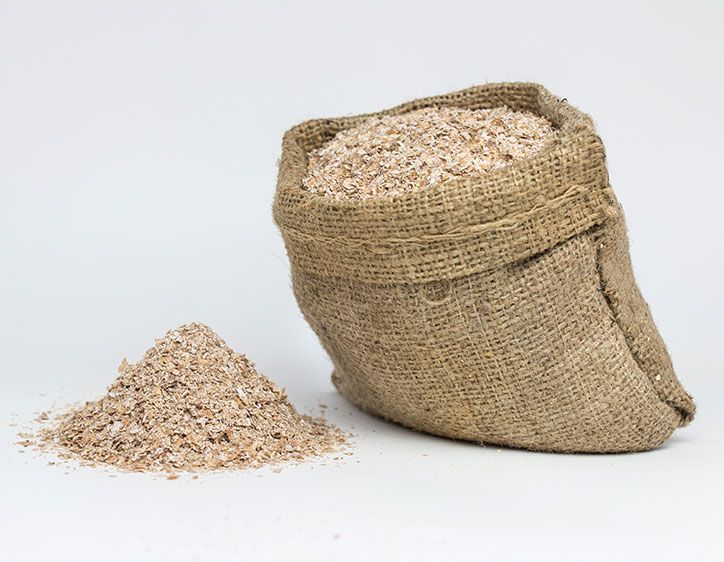
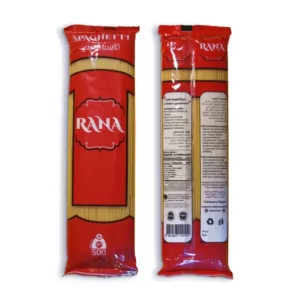

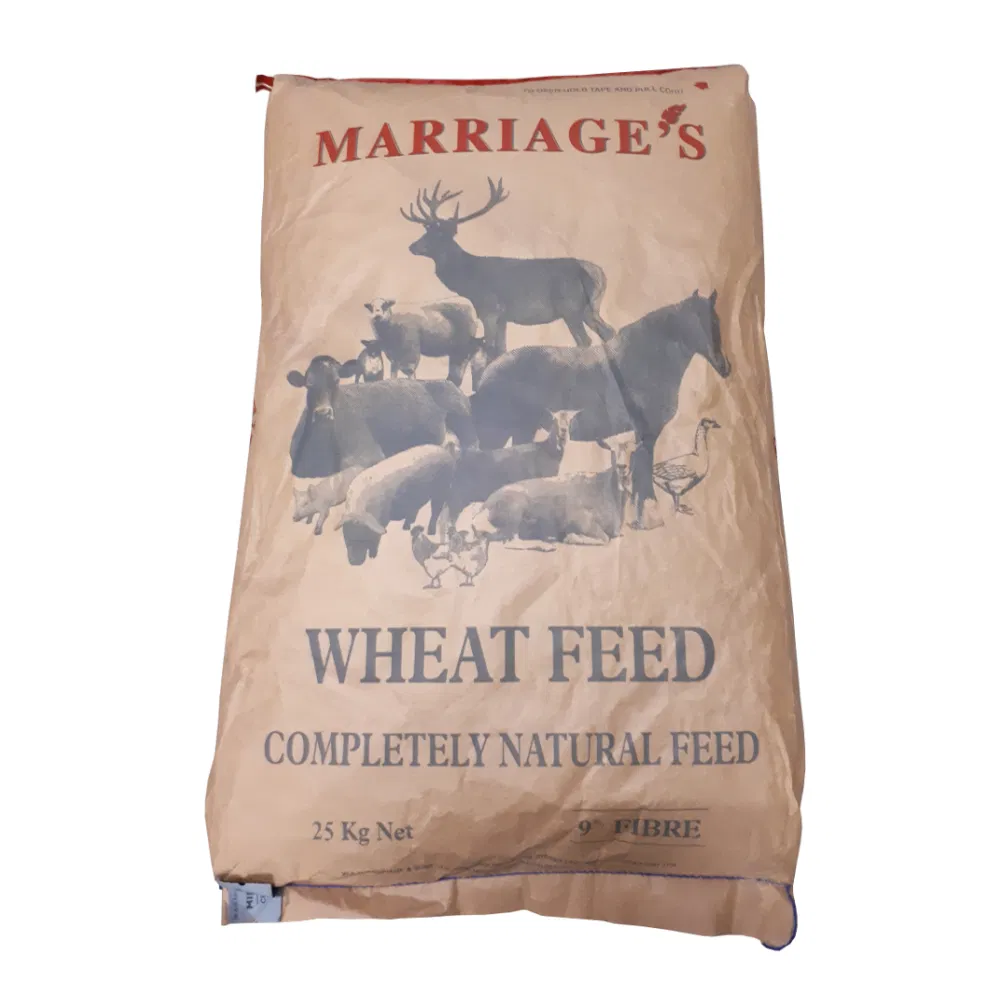
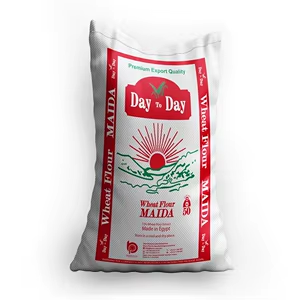

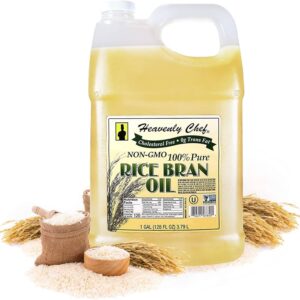
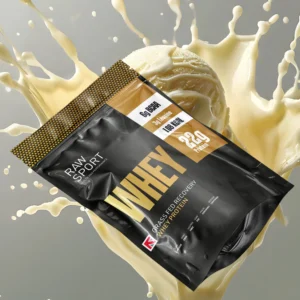
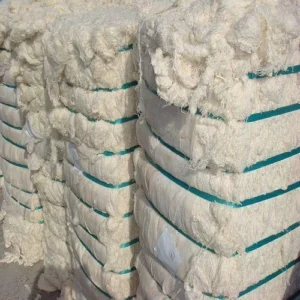


Reviews
There are no reviews yet.